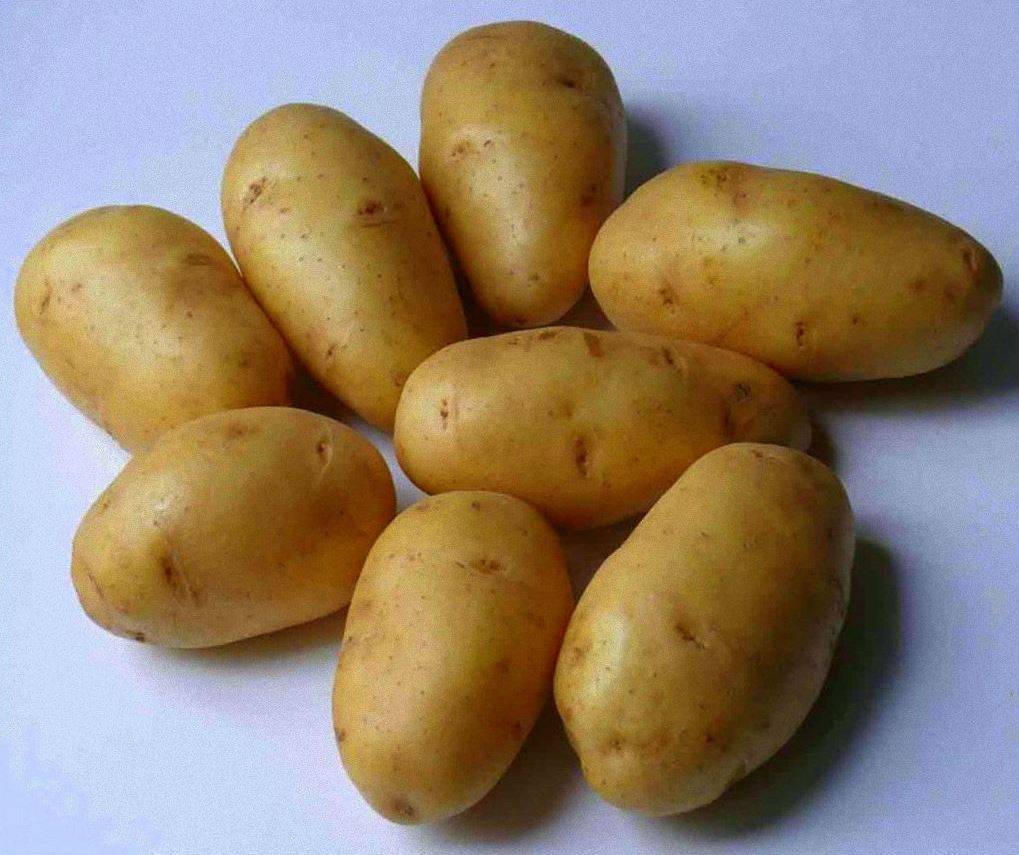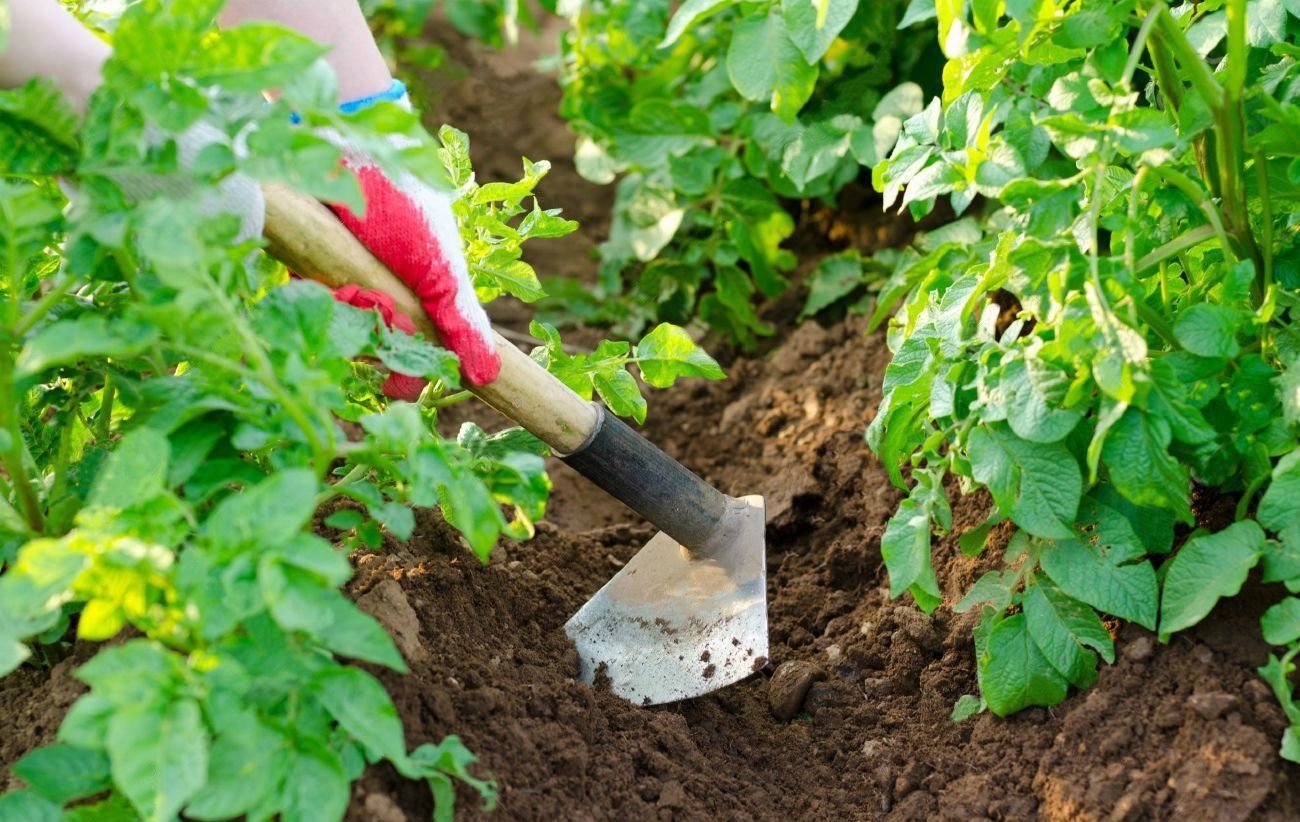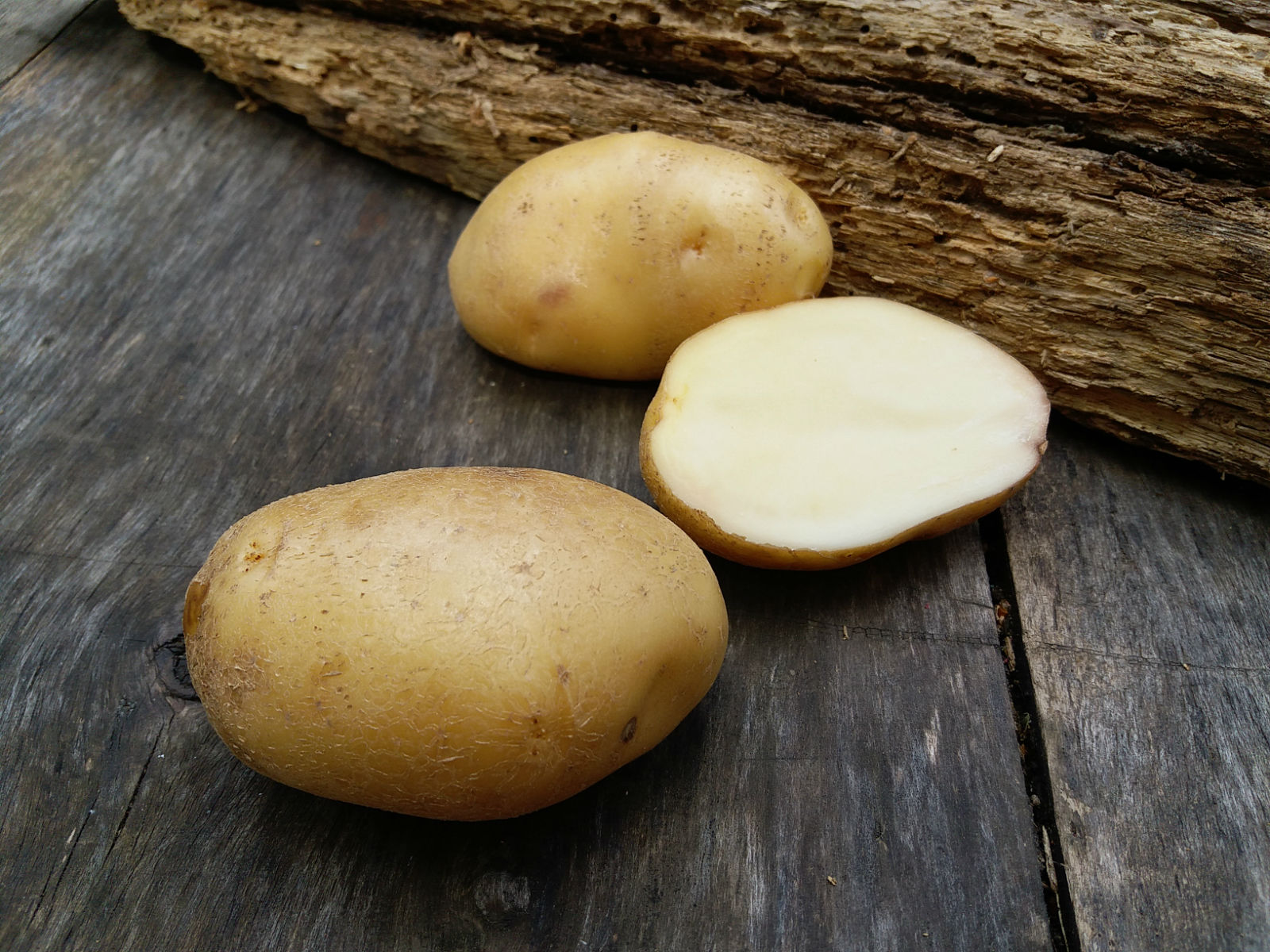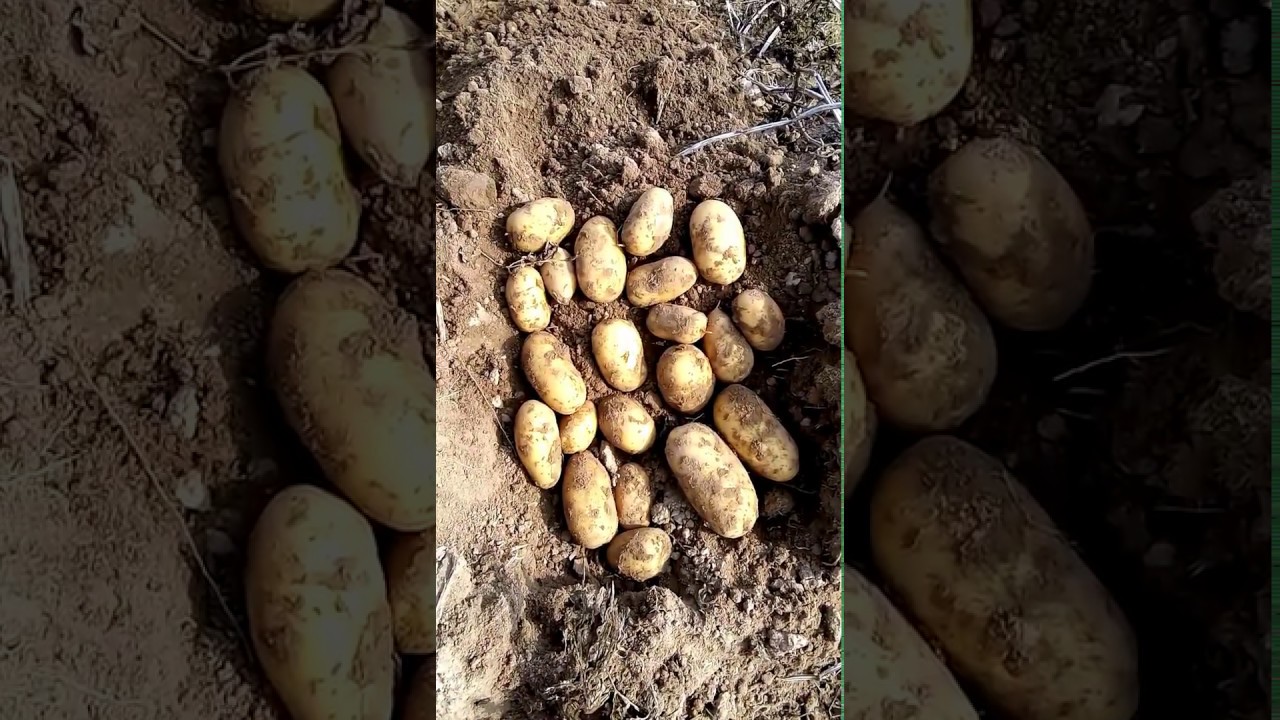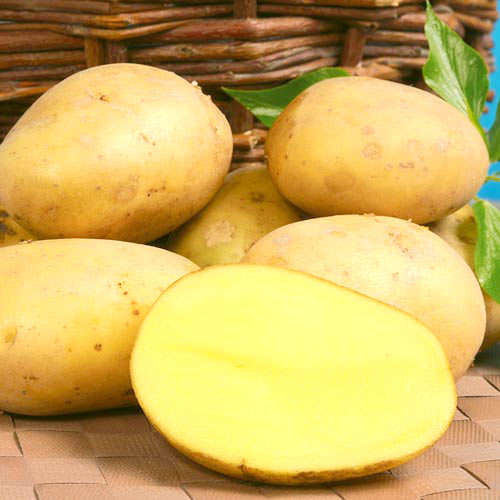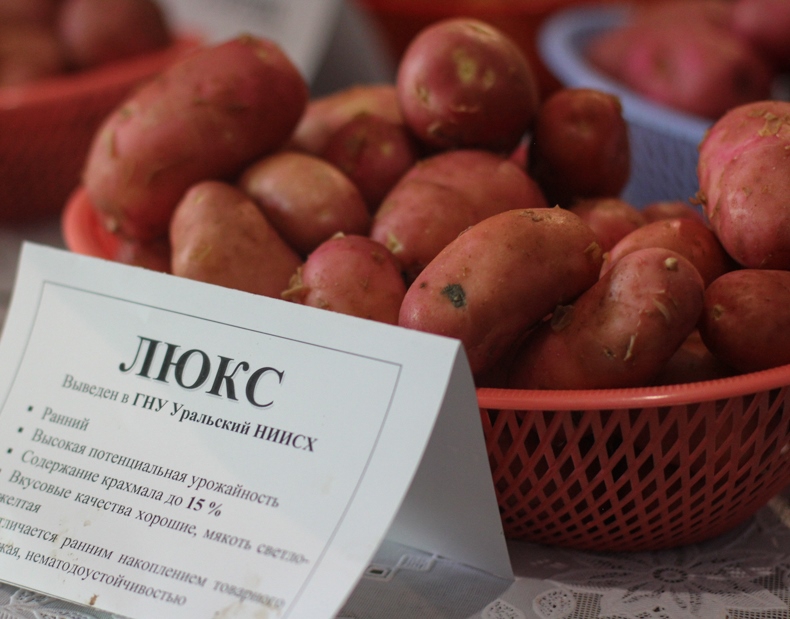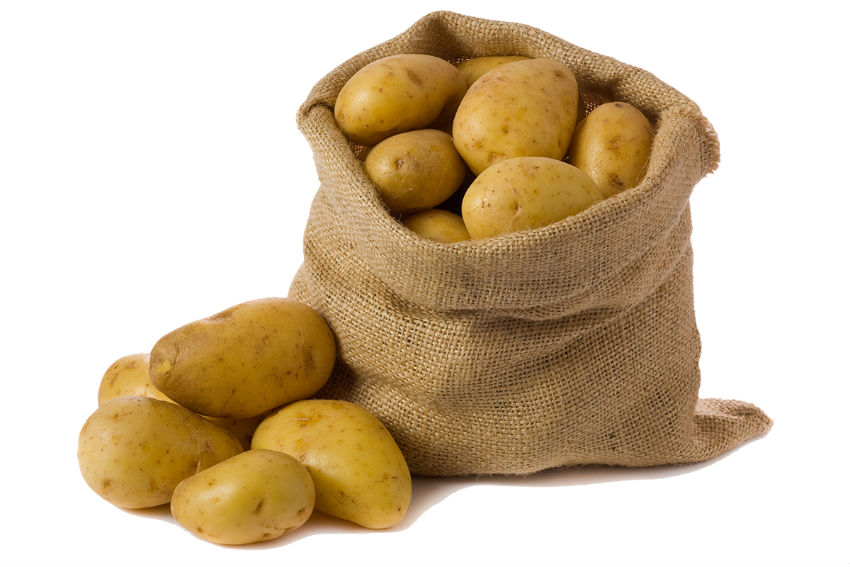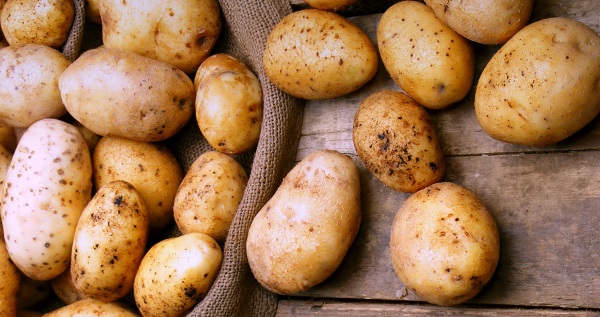Potatoes in Russia occupy an honorable place among all food products, but this was not always the case. Only in the 18th century, thanks to the innovative nature of Peter I, this vegetable was first brought to our country. But ordinary people did not immediately appreciate this product. Potatoes, like all other members of the Solanaceae family, are poisonous. The cultivation technology was not known, and unknowingly people often suffered from potato poisoning. For a long time, the peasants refused to cultivate the culture, until famine struck in the second half of the 19th century. Then people began to try potatoes and found that they were not only nutritious, but also delicious.
general information
Lorkh potatoes are rightfully considered the grandeur of domestic breeding. It was bred at the beginning of the 20th century by one of the best Soviet agricultural scientists, Alexander Georgievich Lorkh. However, it appeared officially in the Register only in 1931. For many decades this variety belonged to the elite category, in the post-war years it was grown on an industrial scale to provide for the starving population. In an unknown way, in the middle of the 20th century, the Lorkh variety began to disappear, more modern varieties began to come to replace it. At certain points, even the correct name began to be forgotten, and one could often find Lord potatoes in descriptions. Soviet breeders made an effort and in the seventies again introduced these potatoes into circulation.
Despite the fact that Lorkh's memory potatoes are versatile and unpretentious, it is quite difficult to find them at points of sale. This is due to the fact that the varietal variety of potatoes is very large. But there are dedicated fans who carefully protect the variety from degeneration. You can buy seed potatoes from Research Institute Lorkh in the official online store of the Institute or at retail outlets with gardening themes.
Description
Due to its high adaptive properties, Lorkh potatoes are grown in all regions of Russia, as well as in Moldova and Ukraine. The tops of the plant are very powerful and spreading, many branches with a large number of light leaves are formed on it. Flowering is usually very abundant, with virtually no berry formation. The fruits have a golden-beige smooth skin, in rare cases there are slight peeling. The tuber is oval. The pulp of the fruit has a vanilla tint, watery in texture, not crunchy. Due to their excellent taste, the tubers are ideal for making mashed potatoes, baking in the oven and cooking over a fire in the field. Lorkh belongs to the late varieties. These are table potatoes, which are actively used in the preparation of starch.
Lorkh - potato variety: description of the main indicators
| Characteristic | Value |
|---|---|
| Yield | 350 c / ha |
| 1 branch grows fruit | Maximum 11 pieces |
| Weight of 1 tuber | Maximum 120 g. |
| Mass ripening period | 4 months |
| Starch content | 0.2 |
| Safety in the winter | 0.92 |
| Leaf height | 0.8 m |
Growing
Growing results always depend on a combination of factors:
- The quality of the selected planting material;
- Weather;
- Adequacy and timeliness of agrotechnical techniques.
Features of agricultural technology of Lorkh potatoes:
- Landing time. Modern summer residents and agricultural technologists are guided by specific dates. However, the estimated date coincides with the planting date according to signs - May 10-15, when the ground stably warms up to + 8˚C;
- Site preparation plays an important role, so work should be started in autumn. First you need to decide on the landing site, taking into account two points: the illumination of the site and the predecessors. Potatoes grow more actively in well-lit areas. To avoid the development of diseases, you need to choose a place where root crops, legumes, cabbage, oats were grown. Planting potatoes after any kind of Solanaceae is prohibited. Next, you need to dig up the selected area, remove all remnants of previous plants, weeds, roots. It is not necessary to break lumps of earth for the winter, so in the spring, when the snow melts, the soil is better saturated with moisture, and possible pests that hibernate in the upper layers of the soil will die in the frozen lumps. In the autumn period, it is favorable to fertilize the site with manure at the rate of 6 kg / m2. In the spring, the dried earth is dug up, lumps are broken, debris and grass, roots and larvae of pests are removed, and then complex fertilizing with nitrogen is applied;
- Potatoes are planted in any of the generally accepted ways: in beds for a shovel, in furrows or holes. The distance between tubers should be at least 0.3 m, and between rows - 0.7 m. The planting depth may vary, depending on the type of soil. The heavier the soil, the closer the planting material is laid to the surface - from 8 to 15 cm;
- Care. Much attention must be paid to watering, since in dry soils, tubers mutate and grow irregularly shaped. Therefore, the best choice would be to organize automatic irrigation of the site. It is especially important to ensure good soil moisture from the moment of planting to the emergence of seedlings, during the period of active growth of the green part of plants, in the phase of budding and flowering. After the plants begin to bloom en masse, increased requirements are no longer imposed on watering. The optimal frequency of watering is once a week, the rate of water consumption is 4 liters per 1 bush. It is preferable to water the potatoes in the morning or evening. In order to maintain moisture, you can mulch the soil. The best material is dry grass. Lay the mulch layer after watering and loosening, then the soil will be prepared as much as possible for the development of large tubers.
- Loosening with hilling is done 2 times: when shoots appear 10 cm high and again after about 20 days, when the tops grow up to 30-35 cm. Since potatoes are late varieties, the growing season is very long. As a result, plants need more nutrients to gain strength and volume. Therefore, during hilling and during the flowering period, potash and phosphorus fertilizers should be applied, according to the instructions on the package. The Lorkh variety has a fairly high immunity to most pests and diseases, but cancer and scab are its weak points. Scab cannot be treated, therefore, it is worth paying great attention to prevention: compliance with crop rotations and irrigation regimes, soil treatment with manganese, copper or boron. Cancer, too, cannot be cured, if a disease is detected, the affected bush should be removed and burned, the planting site should be treated with bleach and nothing should be planted in this place for 7 years. To prevent the disease, it is worth taking a responsible attitude to the choice of planting material. Only healthy tubers with a perfectly flat skin are suitable for planting. Additionally, you can carry out the treatment with boric acid. Onions should not be planted in an infected area, as it leads to an even greater spread of the disease;
- Cleaning and storage. The optimal time for harvesting potatoes is the first decade of September.Before laying for storage, potatoes are dried well in the sun, then sorted by size, seed material is laid, rotted, cut or deformed tubers are removed. The crop selected for storage is laid out in a container and harvested for wintering at a temperature of + 2 ... + 4 ˚C.
Advantages and disadvantages
| pros | Minuses |
| Compactness of tuberization, therefore, fruits are rarely damaged during the harvesting process | Deformation of tubers as a result of lack of sufficient moisture in the phase of active growth |
| High level of marketability, tubers grow about the same size and type | High likelihood of scab and cancer |
| Preservation of varietal qualities when planting material formed from the harvest of the past year | It is difficult to find seed material for sale |
| Adapts to growing conditions | Productivity drops dramatically when mulching with straw |
| Well tolerates storage in winter | |
| Competitive yield indicator | |
| Immunity to most diseases |
Lorkh potatoes are the leader of domestic breeding. Its versatility made it possible to spread not only on the territory of Russia, but also outside. With a little effort, you can get a very good harvest.
